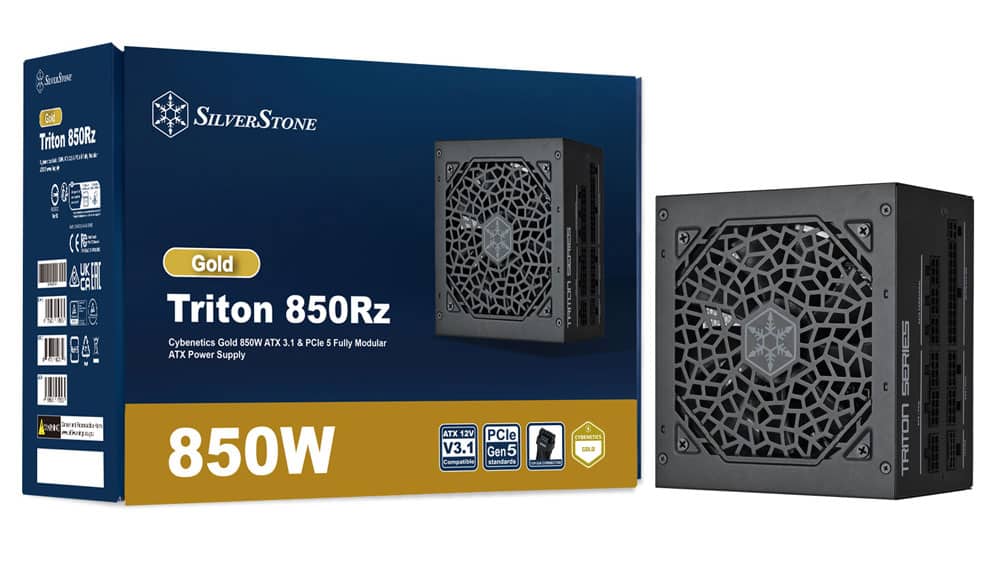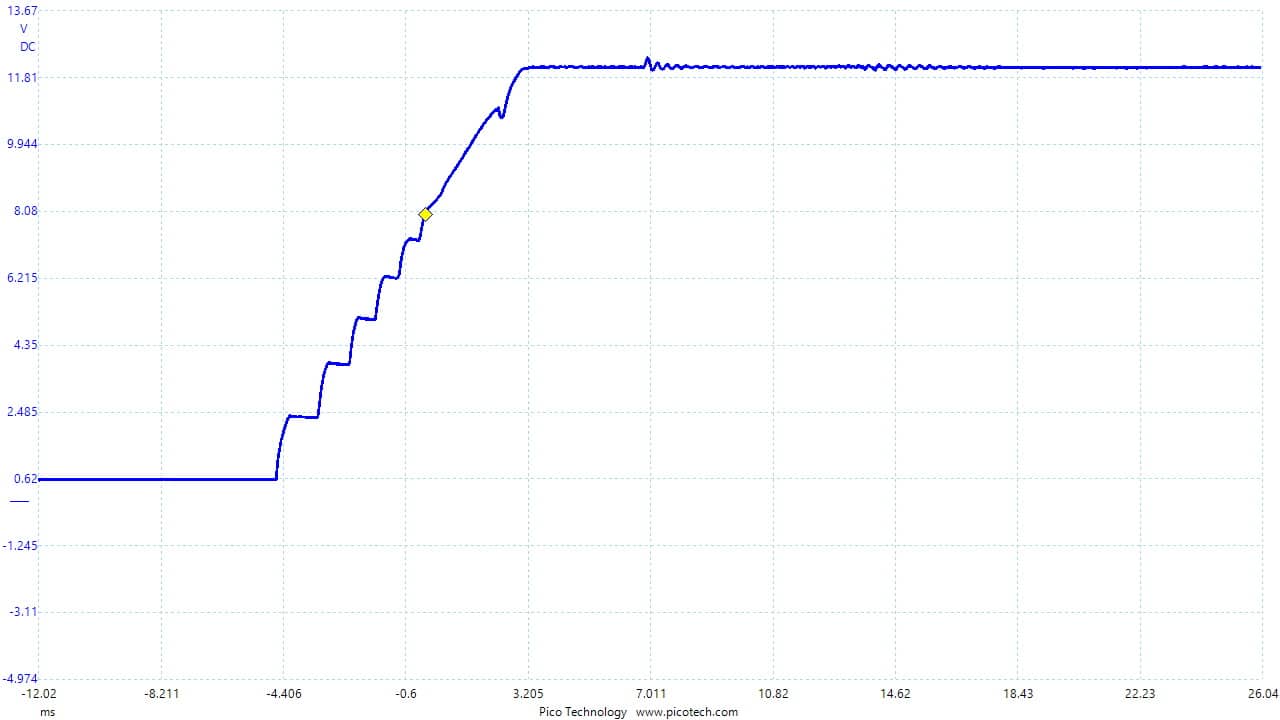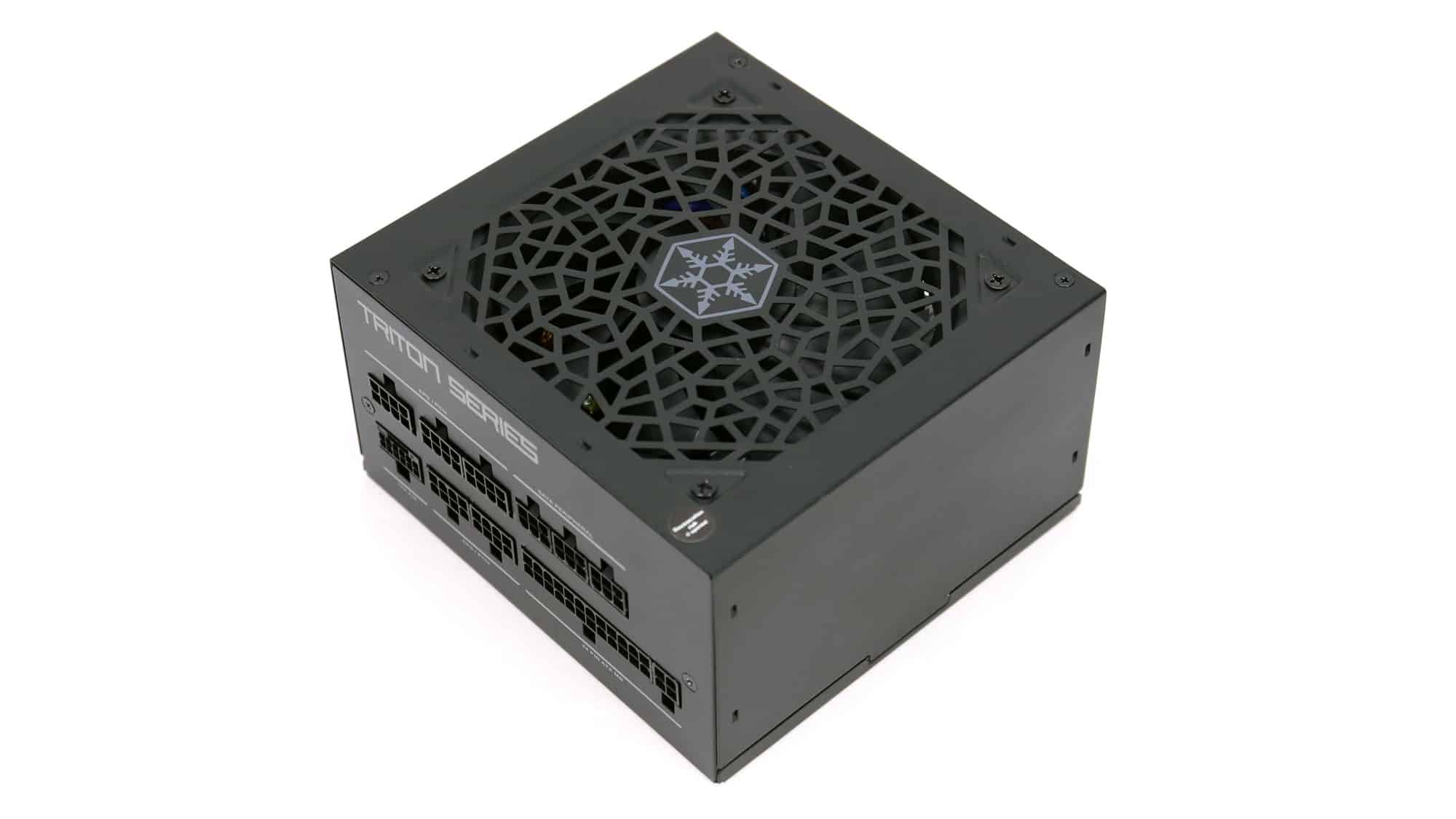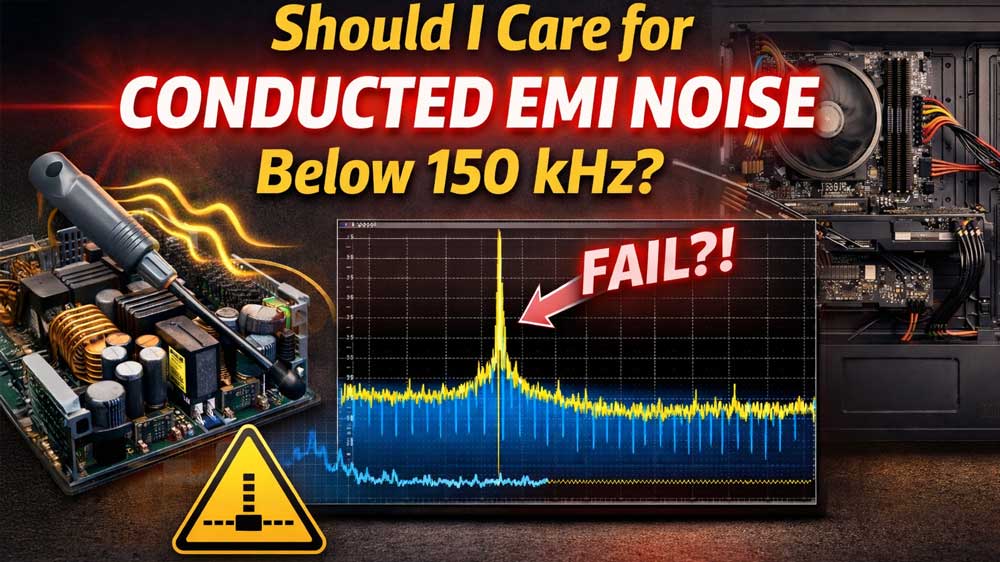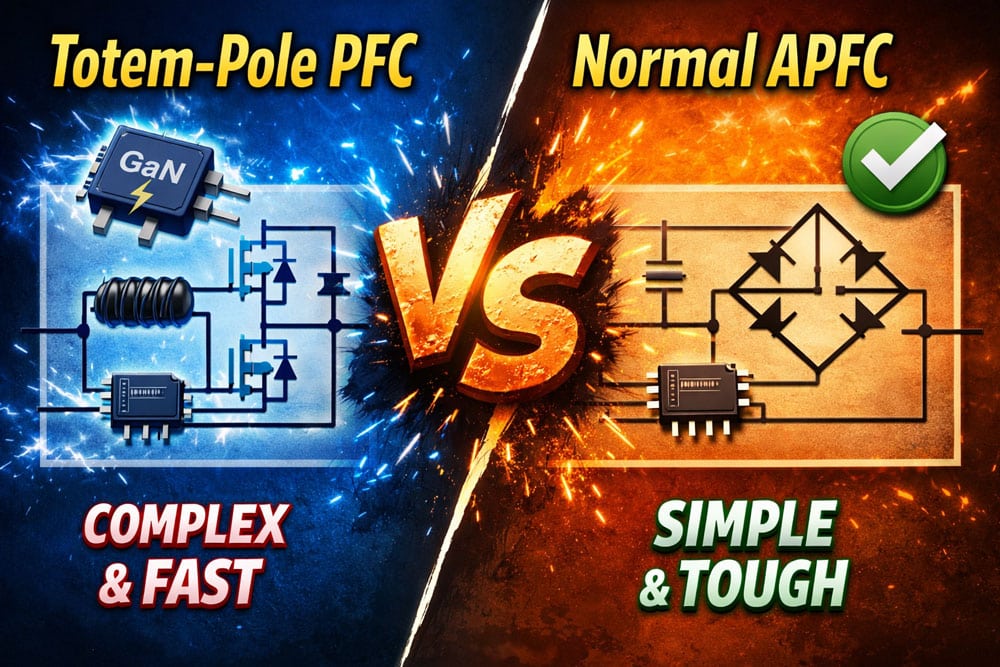Epilogue
The SilverStone Triton 1000Rz utilizes a lower-cost CWT platform (GPX), whereas the rest of the line’s members use a platform provided by Andyson. Unfortunately, neither of the two I have evaluated so far, the 1000W and 850W models, managed to impress me with their performance. The 850W unit exhibits good load regulation at 12V, a satisfactory transient response overall, and effective ripple suppression, along with low inrush currents at 115V. The good parts stop here, with load regulation on the minor rails being mediocre. The hold-up time is among the lowest in the 850W category, still meeting the ATX v3.1 spec’s loose requirements, efficiency at light and super-light loads is low, and the APFC converter offers poor performance. Lastly, one notable disadvantage of this unit is its noisy operation, which may be an issue for users seeking a silent operating system.
The protection features, which are among the most important, are a mixed bag. The 12V rail and over power protection are set correctly, but this is not the case for the minor rails and 5VSB, where the OCP triggering points are messed up.
In the 1000W model, which utilizes a different platform, I observed a notable voltage drop at 12V during the turn-on transient test, from the PSU being off (through its main switch) or at standby to full load. In the 850W unit, there was no voltage drop during the same test. However, the 12V rail’s voltage level doesn’t ramp up smoothly, instead taking several steps.
- SilverStone Triton 1000Rz ATX v3.1 PSU Review
- SilverStone Triton 850Rz ATX v3.1 PSU Review
- SilverStone Triton 750Rz ATX v3.1 PSU Review
- SilverStone Triton 650Rz ATX v3.1 PSU Review
All in all, the SilverStone Triton 850Rz doesn’t offer competitive overall performance, lacks high efficiency at light loads, and its noisy operation will likely be an issue for the majority of users. I don’t have price information yet from SilverStone, but it needs to be priced low enough to attract the interest of users who don’t mind a noisy PSU.
Before investing in a new power supply, read my Best ATX v3.x PSUs article to check all alternative PSU offerings. You help me a lot by using my affiliate links, which don’t increase the price of the product. I receive a commission from Amazon every time you do it, which can make a significant difference for me, especially now that I am working independently, exclusively for my media, rather than for someone else.
- Delivered full power at 47°C
- ATX v3.1 and PCIe CEM 5.1 compliant
- Properly set OCP at 12V and OPP
- High-quality bulk and filtering capacitors
- Good transient response at 12V
- Within 1% load regulation at 12V
- Good ripple suppression
- Low inrush currents at 115V
- Alternative Low Power Mode (ALPM) compatible
- 12+4-pin PCIe connector set at 600W
- Low overall performance
- Minor rails and 5VSB OCP need adjustments
- Noisy operation
- Loose load regulation on the minor rails
- Low efficiency at light and super-light loads
- Low PF readings
- Voltage steps during 12V turn-on transient tests
- Lower hold-up time than the competition
- >0.1W vampire power consumption at 230V
- No fan failure protection
